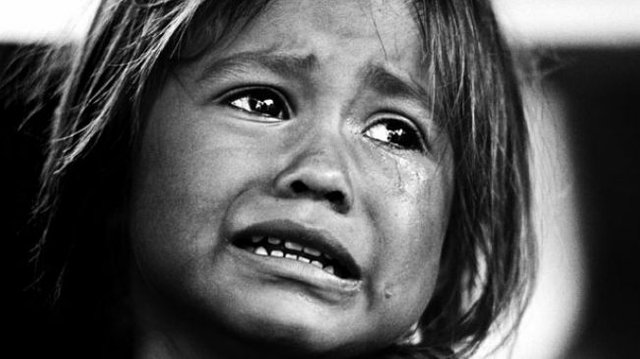The Problems of Street Children

.jpg)
Abuse
Many of the street children who have run away from home have done so because they were beaten or sexually abused. Tragically, their homelessness can lead to further abuse through exploitative child labour and prostitution.
Child Labour
Most Indian street children work in Jaipur, a common job is rag-picking, in which boys and girls as young as six years old sift through garbage in order to collect recyclable material. The children usually rise before dawn and carry their heavy load in a large bag over their shoulder. Rag-pickers can be seen alongside pigs and dogs searching through trash heaps on their hands and knees.
Other common jobs are collecting firewood, tending to animals, street vending, dying begging, prostitution, and domestic labour.
Children that work are not only subject to the strains and hazards of their labour, but are also denied the education or training that could enable them to escape the poverty trap.
Gender Discrimination
In Indian society, females are often discriminated against. Their health, education, prosperity, freedom are all impacted. The problem is worse in conservative Rajasthan than almost anywhere in India.
For example, because girls carry the liability of dowry and leave the family home after marriage, parents prefer to have male offspring. Many babies are aborted, abandoned, or deliberately neglected and underfed simply because they are girls. This can be seen in the fact that female mortality rates amongst 0-4 year olds in India are 107% of male mortality rates, whereas the comparable number in Western Europe is 74%. The rate is 119% in Rajasthan. Further evidence of the imbalance is that the female/male ratio within the general population of India is unnaturally low at 927/1000 and even lower in Rajasthan at 909/1000.
Health
Poor health is a chronic problem for street children. Half of all children in India are malnourished, but for street children the proportion is much higher. These children are not only underweight, but their growth is often stunted, for example, it is very common to mistake a 12 year old for an 8 year old.
Street children live and work amidst trash, animals and open sewers. Not only are they exposed and susceptible to diseases, they are also unlikely to be vaccinated or receive medical treatment. Only two in three Indian children have been vaccinated against TB, Diphtheria, Tetanus, Polio and Measles; only one in ten against Hepatitis B. Most street children have not been vaccinated at all. They usually cannot afford, nor trust doctors and medicines. If they receive any treatment at all, it will often be harmful, as with kids whose parents place scalding metal on their bellies as a remedy for persistent stomach pain.
Child labourers suffer from exhaustion, injury, exposure to dangerous chemicals, muscle and bone afflictions.
There is much ignorance about reproductive health and many girls suffer needlessly. A girl made infertile by an easily preventable condition may become unfit for marriage and so doomed to a life of even greater insecurity and material hardship.
The HIV/AIDS rate amongst Indian adults is 0.7% and so has not yet reached the epidemic rates experienced in Southern Africa. However, this still represents 5 million people, or about 1 in 7 of those in the world who have the disease. The rate amongst children is lower, but because street children are far more sexually active than their Indian peers, and many are even prostitutes, they are thus hugely at a risk of contracting the disease. AIDS awareness, testing, and treatment exist, but less so for street children than other demographic groups.
Homelessness
Street children in India may be homeless because their family is homeless through poverty or migration, or because they have been abandoned, orphaned, or have run away. It is not unusual to see whole families living on the sidewalks of Jaipur, or rows of individual children sleeping around the railway station.
Homeless children have the odds stacked against them. They are exposed to the elements, have an uncertain supply of food, are likely to miss out on education and medical treatment, and are at a high risk of suffering addiction, abuse and illness. A single child alone on the streets is especially vulnerable.
Poverty
Poverty is the prime cause of the street children crisis. Children from well off families do not need to work, or beg. They live in houses, eat well, go to school, and are likely to be healthy and emotionally secure. Poverty dumps a crowd of problems onto a child. Not only do these problems cause suffering, but they also conspire to keep the child poor throughout his/her life. In order to survive, a poor child in India will probably be forced to sacrificed education and training, and without skills, the child, as an adult, remain at the bottom of the economic heap.
Hey guys just would like to THANK YOU all for supporting me and to remind you to UPVOTE / RESTEEM my post along with leaving a comment so that I can upvote your comments.